Solomon Law Park (솔로몬로파크)
11.1Km 2024-04-23
219-39 Expo-ro, Yuseong-gu, Daejeon
Solomon Law Park is a theme park operated by the Ministry of Justice, offering an experiential legal education. Visitors can learn about and experience the law in an easy and entertaining way. The Law Experience Center provides opportunities to experience legislation, investigation, courtrooms, and prisons. The park includes a Law Playground, as well as amenities like a leisure area and a convenience store.
Damyang Bamboo Forest (Damyang Marsh) (담양대나무숲 - 담양습지)
11.7Km 2025-01-13
656-2, Taemok-ri, Daejeon-myeon, Damnyang-gun, Jeollanam-do
+82-61-380-3114
Situated between Damyang-gun and Gwangju Metropolitan City, Damyang Wetland is one of the best places to experience the ecology of Yeongsangang River. It is a habitat for the hawk, wildcat, Boreal digging frog (endangered species), and kestrel. It became the first river wetland to be designated as a wetland reserve in 2004.
GeumBong-Museum (시화문화마을 금봉미술관)
11.8Km 2024-12-17
91 Gakhwa-daero, Buk-gu, Gwangju
Opened in 2015, GeumBong-Museum has 291 art works of painter Park HaengBo. The museum also has various contemporary art works to further spread the knowledge of both traditional and contemporary art. It offer classes and exhibition to support the local art culture.
Museum of Gwangju Literature (광주문학관)
11.8Km 2024-11-20
93 Gakhwa-daero, Buk-gu, Gwangju
The Museum of Gwangju Literature offers a journey through Gwangju’s rich literary heritage, spanning from ancient times to the present day. Visitors can delve into the literature from the Mahan period, explore works from the 1920s and '30s tied to the national independence movement, and discover works from the 1980s that marked the beginning of the modern poetry movement. The permanent exhibition provides a chronological journey through the local literature of Gwangju. The museum also holds various programs for visitors.
Coboc (커볶)
12.2Km 2024-02-13
161-7 Jiho-ro, Dong-gu, Gwangju
Coboc, established in 2006, is a café located near the Jisan Recreation Area at the base of Mudeungsan Mountain. This café is particularly known for its stunning views, especially during sunset. Among its signature offerings are the Mudeungsan Gureum Coffee, a unique cheese cream coffee, and a bagel with chives and bacon. The Mudeungsan Gureum Coffee is distinctively topped with a white, soft cheese cream, reminiscent of the clouds that grace the mountain.
Mudeungsan Lift Monorail (Jisan Park) (무등산 리프트모노레일 (지산유원지))
12.4Km 2025-08-12
14-10 Jiho-ro 164beon-gil, Dong-gu, Gwangju
To use the lift and monorail located at Jisan Park in Gwangju, visitors can purchase a ticket at the ticket office in the convenience store on the first floor and go up to the boarding area on the second floor. Get on the lift with a track length of 745 meters and an operating speed of 12 m/sec and climb for about 20 minutes while enjoying the scenery of Mudeungsan Mountain to arrive at Bitgoeul Station. From here, visitors can transfer to the monorail. Passengers can feel the thrill of riding toward the top on a monorail which can accommodate about 20 people at a time. A spectacular view of Mudeungsan Mountain will unfold in all directions. The view of Gwangju from Palgakjeong Observatory at the end of the monorail is a beautiful sight that visitors to Gwangju must see at least once as it is a famous attraction to enjoy the view of Gwangju.
Jisan Recreation Area (지산유원지)
12.6Km 2023-01-25
35-1, Jiho-ro 164beon-gil, Dong-gu, Gwangju
+82-62-221-2760
Jisan Recreation Area reopened around December 2016, resuming monorail operation after 11 years. The unique rattle of a monorail running on one rail gives passengers a thrill. If you ride the monorail, you can see the panoramic view of Gwangju and the top of Mudeungsan Mountain at a glance. The monorail starts on the mountainside, 50 meters away from the end point of the lift, along the forest road, and runs to and from the top of the mountain in Jisan Recreation Area, where the octagonal pavilion is located. After reopening, it became popular among the younger generation through social media and word of mouth as a unique amusement facility where you can enjoy thrills on Mudeungsan Mountain in Gwangju.
Mudeungsan National Park (무등산국립공원)
13.0Km 2023-11-14
29 Dongsan-gil, Dong-gu, Gwangju
+82-62-227-1187
Mudeungsan National Park is a mountain park lining the edge of Hwasun-gun, Damyang-gun and Gwangju. Mudeungsan Mountain (1,186 meters) features three rock peaks called Cheonwangbong, Jiwangbong, and Inwangbong, also known as the “Jeongsang Three."
Mudeungsan’s gradual slope makes it an easy climb for all. Among the more majestic of these sites are the Seoseokdae, Gyubong, and Ipseokdae peaks. At the base of the mountain are several famous temples including Yaksasa, Jeungsimsa, and Wonhyosa Temples. Mudeungsan Mountain is also known for its beauty throughout the year. The autumn leaves around Gyubongam Hermitage and silver grass of Baengma Ridge are quite spectacular. In winter, snow and ice on the mountain create exquisite scenery as well.
Below the mountain, there are a variety of recreational facilities and tourist sites for visitors.
De Young Museum (드영미술관)
13.3Km 2024-10-10
6 Seongchon-gil, Dong-gu, Gwangju
De Young Museum is an art gallery located at the entrance to Mudeungsan National Park. The gallery opened in 2018 with the concept of being "forever young" and aims to develop the local culture scene through connections with the local community.
Chojeom Stay [Korea Quality]스테이 초점[한국관광 품질인증]
13.4Km 2023-05-23
33-6 , Dangga-gil, Naju-si, Jeollanam-do
+82-10-4892-3473
Chojeom Stay is a hanok guesthouse in the innermost part of a small village in Naju, Jeollanam-do. The old house, which has been renovated, comprises a living room, kitchen, bedroom space and a raised-floor numaru where guests can enjoy a quiet hour while brewing tea. The spacious yard contains an outdoor fire place that creates a sentimental time, and an open-air tub where you can bathe in warm water while cool breezes rustle the trees. The outdoor shoes lined up by the side of the yard are somehow touching.
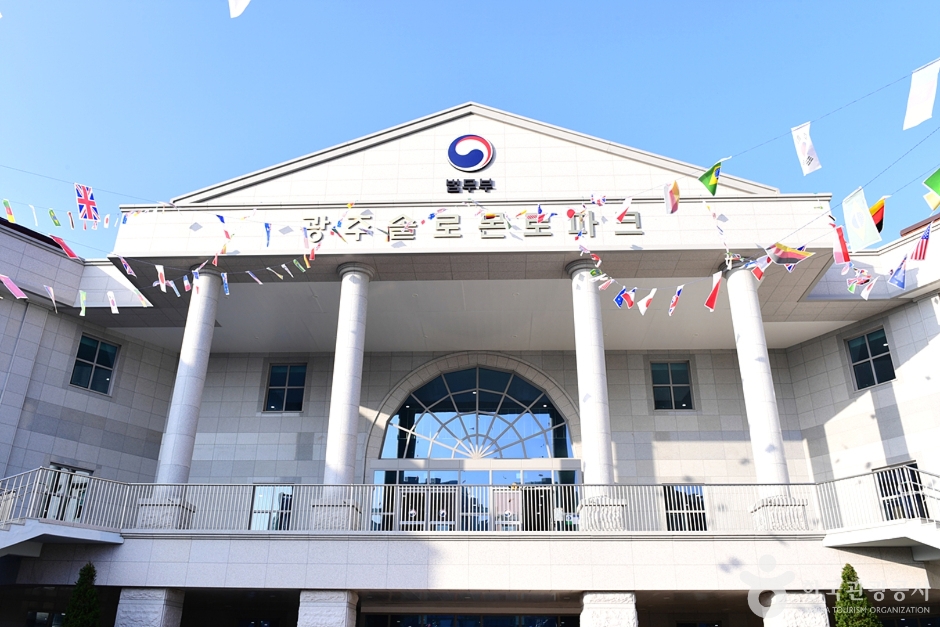
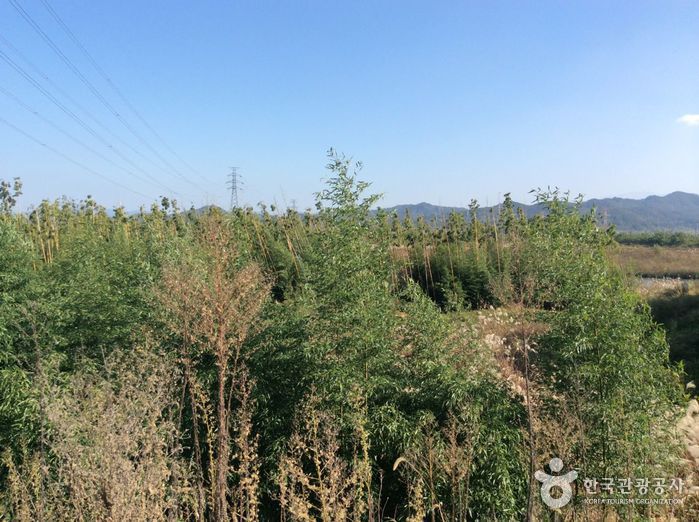
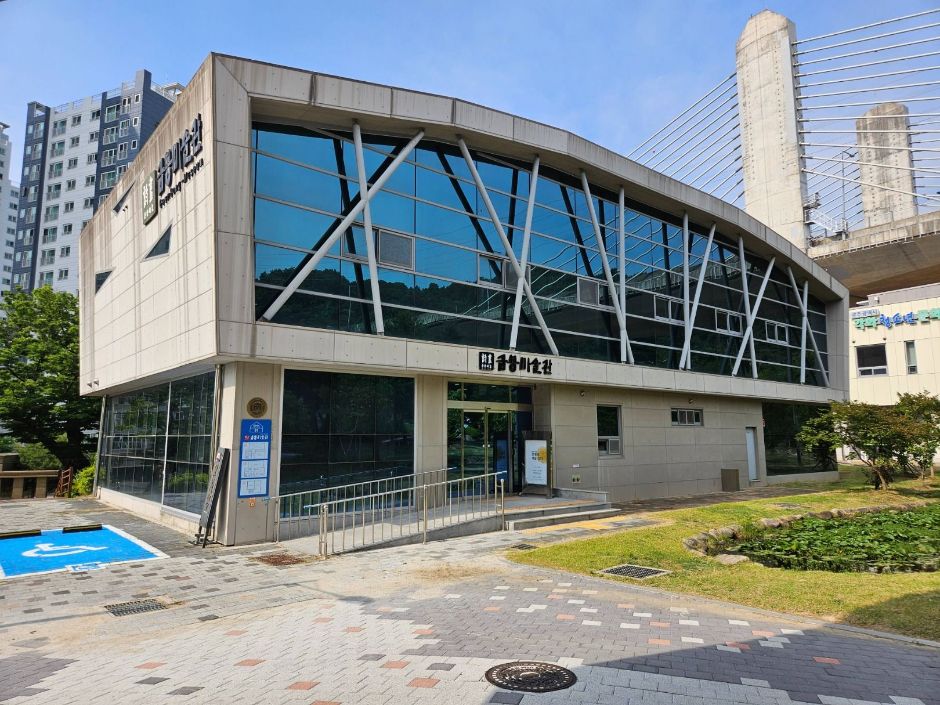
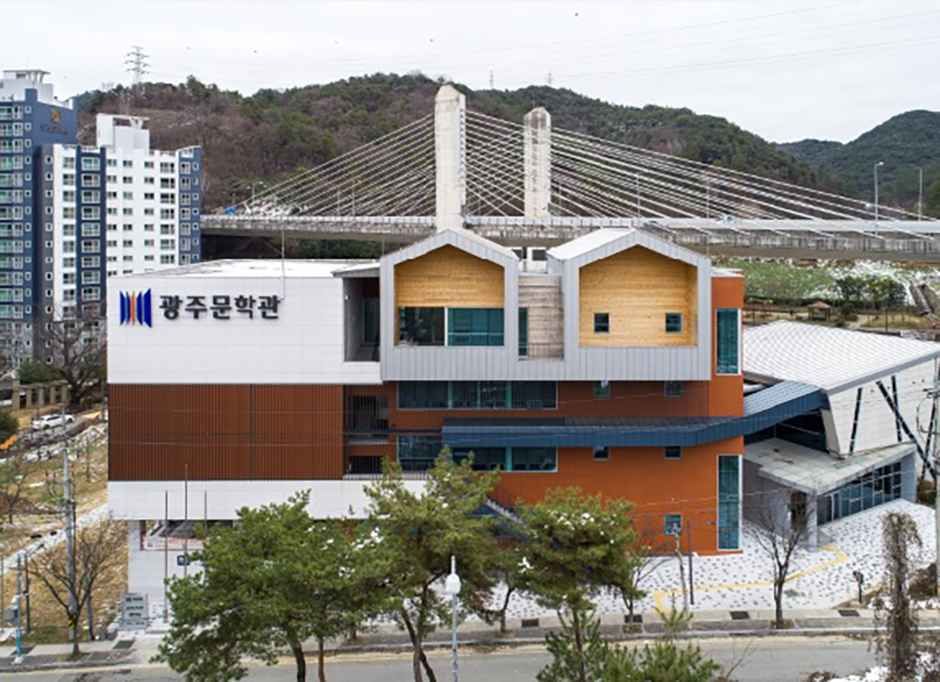
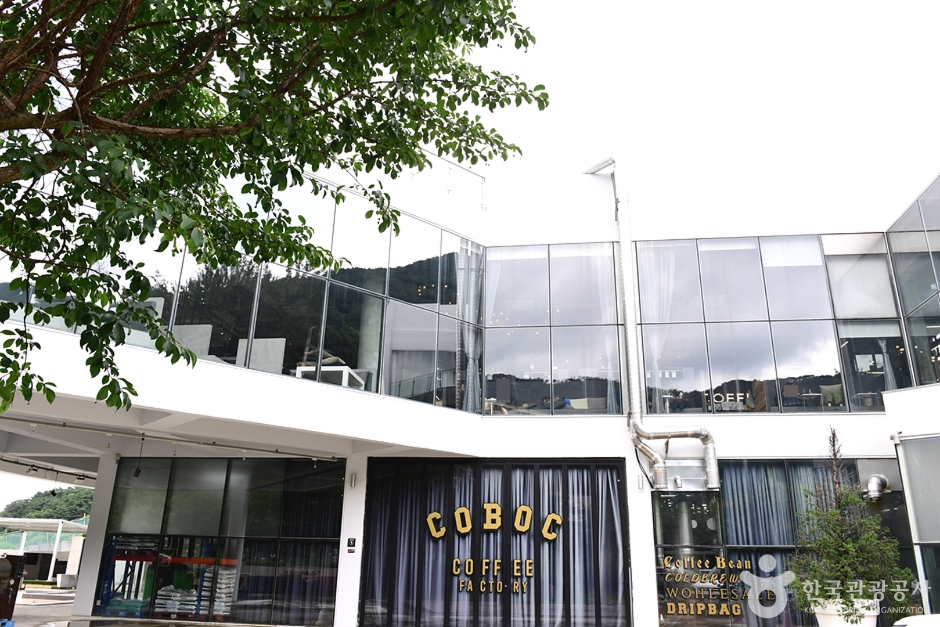

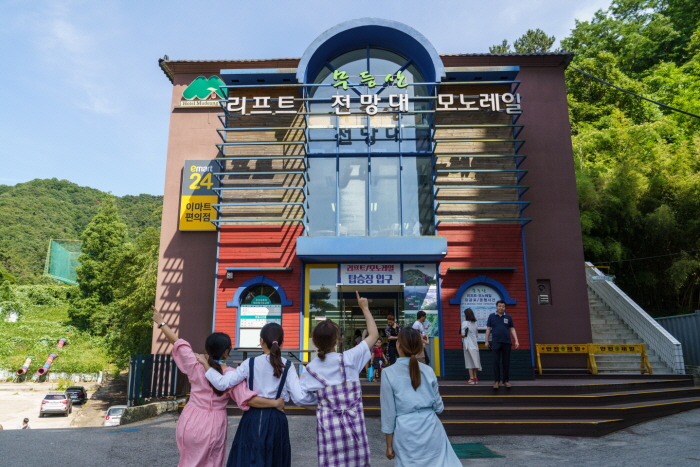
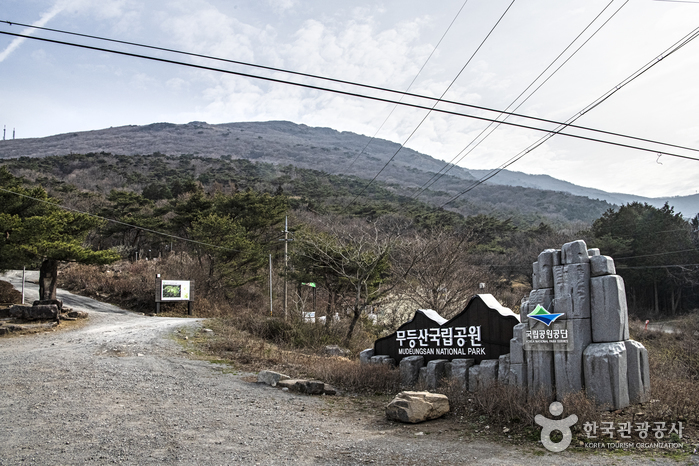
![Chojeom Stay [Korea Quality]스테이 초점[한국관광 품질인증]](http://tong.visitkorea.or.kr/cms/resource/05/2949005_image2_1.jpg)
 English
English
 한국어
한국어 日本語
日本語 中文(简体)
中文(简体) Deutsch
Deutsch Français
Français Español
Español Русский
Русский